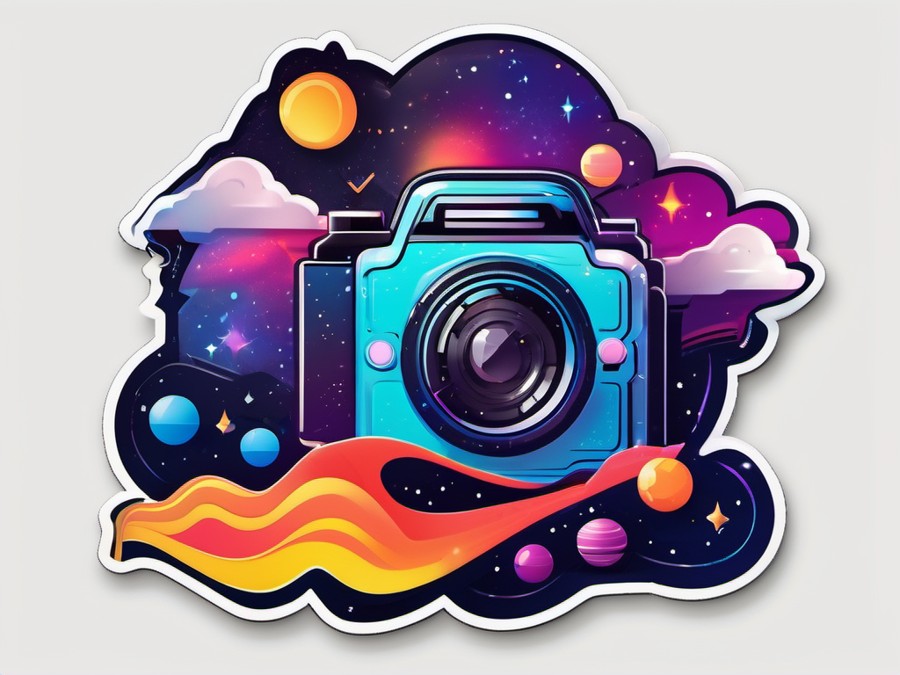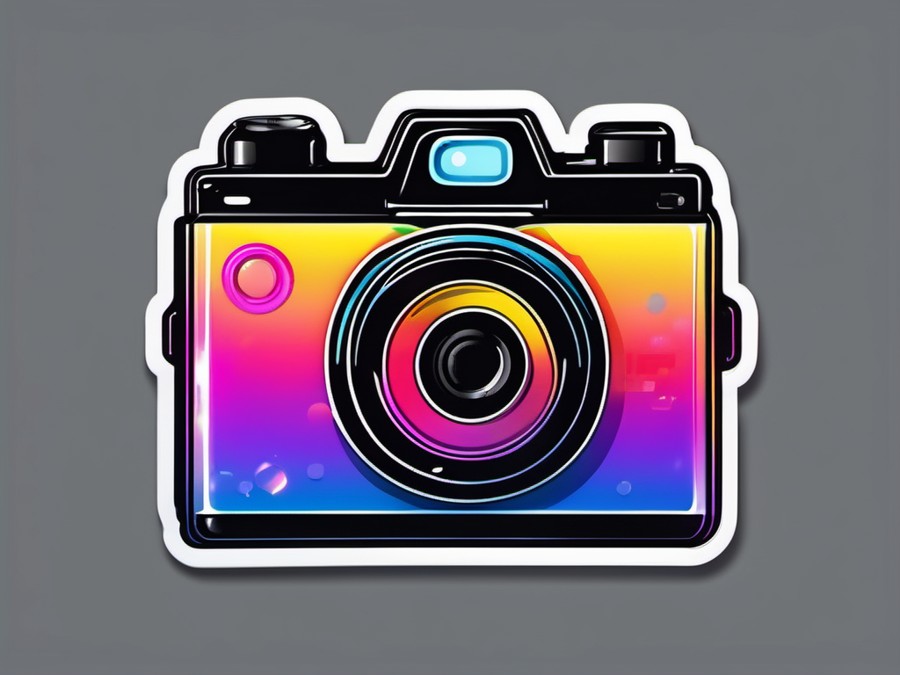· Charlotte Will · Mirrorless Cameras · 7 min read
What is the best mirrorless camera for low-light photography?
Discover the best mirrorless cameras for low-light photography, including top picks from Sony, Nikon, and Canon. Learn about essential features for capturing stunning night shots and make an informed decision with our buying guide.

Low-light photography can be incredibly rewarding, but it’s also a challenge. Capturing stunning images in dim lighting conditions requires a camera that excels in low-light performance. Mirrorless cameras have steadily gained popularity due to their compact size and advanced features, making them ideal for various photography needs. But which one is the best for low-light photography? Let’s dive in and find out.
Understanding Low-Light Photography
Challenges of Shooting in Dim Light
Shooting in low light comes with its own set of challenges. The main issues include noise, blurriness due to longer exposure times, and the need for high ISO settings. Balancing these factors is crucial for achieving crisp, noise-free images.
Important Features for Low-Light Photography
When selecting a mirrorless camera for low-light photography, consider the following features:
- Sensor Size and Quality: Larger sensors generally perform better in low light.
- ISO Performance: High ISO settings are necessary for night shots, so the camera’s ability to handle noise at high ISO values is crucial.
- Autofocus System: A reliable autofocus system can help ensure sharp images, even in challenging conditions.
- Lens Selection: Fast lenses with wide apertures (e.g., f/1.8 or f/2.8) allow more light to reach the sensor, which is essential for low-light photography.
Top Mirrorless Cameras for Low-Light Performance
Sony Alpha a7S III
Sensor and ISO Performance
The Sony Alpha a7S III is renowned for its exceptional low-light capabilities. Its full-frame sensor and excellent ISO performance make it a top choice for night photography. The camera can handle high ISO values with minimal noise, ensuring your images remain sharp and clear.
Autofocus System
The a7S III features an advanced autofocus system with real-time eye AF and tracking, making it a great choice for both stills and video in low light.
Nikon Z6 II
Dynamic Range and Aperture
The Nikon Z6 II offers an impressive dynamic range, which is beneficial for capturing details in both highlights and shadows. It also supports a wide range of lenses with bright apertures, enhancing its performance in low light.
Video Capabilities
For those interested in video, the Z6 II excels with its robust video features. It handles low-light conditions well and offers excellent autofocus performance during recording.
Canon EOS R6
Lens Selection and Image Stabilization
The Canon EOS R6 is a versatile camera with excellent in-body image stabilization (IBIS) and a wide range of compatible lenses. Its IBIS system helps reduce camera shake, which is particularly useful for handheld low-light photography.
Weather-Sealing for Night Photography
The EOS R6 is also well-sealed against weather elements, making it a reliable choice for night shooting in various conditions.
Comparing Key Features: Sony vs. Nikon vs. Canon
Sensor Size and Image Quality
- Sony Alpha a7S III: Full-frame sensor with outstanding low-light performance.
- Nikon Z6 II: Full-frame sensor with excellent dynamic range and image quality.
- Canon EOS R6: Full-frame sensor with balanced performance across various conditions.
Autofocus Systems in Comparison
- Sony Alpha a7S III: Advanced autofocus with real-time eye AF and tracking.
- Nikon Z6 II: Solid autofocus performance with reliable subject tracking.
- Canon EOS R6: Effective autofocus system with good low-light performance.
Video Performance for Night Shots
- Sony Alpha a7S III: Excellent video quality and low-light capabilities.
- Nikon Z6 II: Strong video performance with reliable autofocus during recording.
- Canon EOS R6: Good video quality with effective low-light performance.
Buying Guide: Factors to Consider
ISO Performance and Sensor Sensitivity
When evaluating a camera’s low-light performance, ISO performance is crucial. Higher ISO values allow for faster shutter speeds in low light but can introduce noise. Look for cameras with excellent high-ISO performance and strong noise reduction technology.
Noise Reduction Technology
Modern cameras come equipped with built-in noise reduction features to minimize image noise at high ISO settings. This is particularly important for low-light photography, where higher ISO values are often necessary.
Dynamic Range for Night Cityscapes
Dynamic range refers to the camera’s ability to capture a wide spectrum of tones from shadows to highlights. A good dynamic range ensures that both dark and bright areas in your image are well-exposed, which is essential for capturing night cityscapes and other low-light scenes.
Examples of Real-World Photography
Night Cityscapes with Sony Alpha a7S III
The Sony Alpha a7S III excels in capturing night cityscapes. Its excellent low-light performance and dynamic range allow for vivid, noise-free images of urban landscapes under the cover of darkness.
Low-Light Sporting Events with Nikon Z6 II
The Nikon Z6 II is a great choice for sports photography in low light. Its reliable autofocus system and robust video features make it suitable for capturing fast-paced action even in dimly lit environments.
Night Portraits with Canon EOS R6
The Canon EOS R6 is perfect for night portraits. Its in-body image stabilization and wide range of compatible lenses ensure sharp, detailed images in low light.
Conclusion: Choosing the Best Mirrorless Camera for You
When choosing a mirrorless camera for low-light photography, consider your specific needs and budget. Each of the cameras mentioned—Sony Alpha a7S III, Nikon Z6 II, and Canon EOS R6—offers unique strengths that cater to different styles of photography.
Final Recommendations
- Best Overall: Sony Alpha a7S III for its exceptional low-light performance and versatility.
- Best for Video: Nikon Z6 II with its robust video features and strong autofocus.
- Best for Versatility: Canon EOS R6 with its balance of image quality, autofocus, and video performance.
Where to Buy and Additional Tips
You can find the latest models and prices on Amazon or at specialized camera retailers. Be sure to read reviews and compare features to make the best decision for your photography needs.
FAQs: Answering Your Questions on Low-Light Photography
How Important is Lens Selection for Low-Light Photos?
Choosing the right lens can significantly enhance your ability to capture high-quality images in low light. Lenses with wider apertures (e.g., f/1.8 or f/2.8) allow more light to reach the sensor, which is crucial for night photography.
Can I Use a Mirrorless Camera for Astrophotography?
Absolutely! Modern mirrorless cameras are well-equipped for astrophotography. Cameras with excellent ISO performance and dynamic range, combined with fast lenses, can capture stunning images of the night sky.
What is the Best Way to Stabilize My Camera for Night Shots?
In-body image stabilization (IBIS) is a fantastic feature for low-light photography. It helps reduce camera shake, which is essential when shooting handheld in low light. Using a tripod can provide additional stability and is ideal for longer exposures.
How Do I Reduce Noise in Low-Light Photography?
Modern cameras come with built-in noise reduction technology, which can help minimize image noise in low-light conditions. Shooting at lower ISOs and using longer exposures can also aid in reducing noise. Post-processing techniques like noise reduction algorithms in software such as Adobe Lightroom can further refine your images.
Are There Any Budget-Friendly Options for Low-Light Photography?
Yes, there are budget-friendly mirrorless cameras that perform well in low light. Cameras like the Sony Alpha a6400 or the Nikon Z50 offer impressive low-light capabilities at more affordable price points. Pairing them with a fast lens can significantly enhance their performance in dim lighting conditions.
Conclusion: Wrapping Up Your Search for the Best Mirrorless Camera for Low-Light Photography
Selecting the best mirrorless camera for low-light photography requires considering various factors such as sensor quality, ISO performance, autofocus capability, and lens options. The Sony Alpha a7S III, Nikon Z6 II, and Canon EOS R6 are all excellent choices, each with its unique strengths.
Be sure to evaluate your specific needs and choose the camera that best fits your photography style and budget. Whether you’re capturing night cityscapes, low-light sporting events, or night portraits, the right mirrorless camera will help you achieve stunning results in any low-light situation.
For more insights into photography, don’t miss our other articles:
- What is the best mirrorless camera for travel photography?
- What is the Best DSLR Camera for Low-Light Photography?
Happy shooting!




